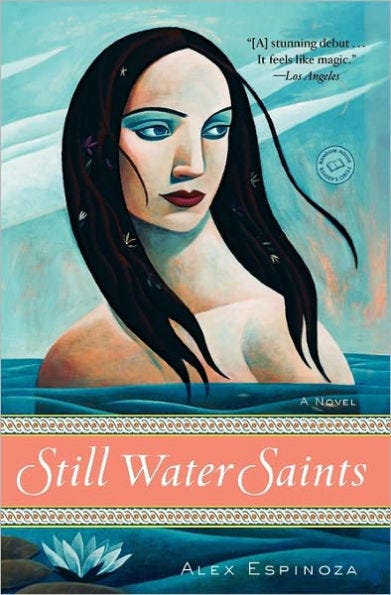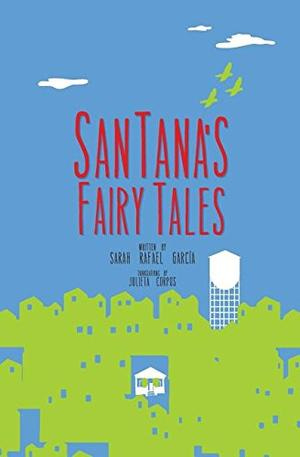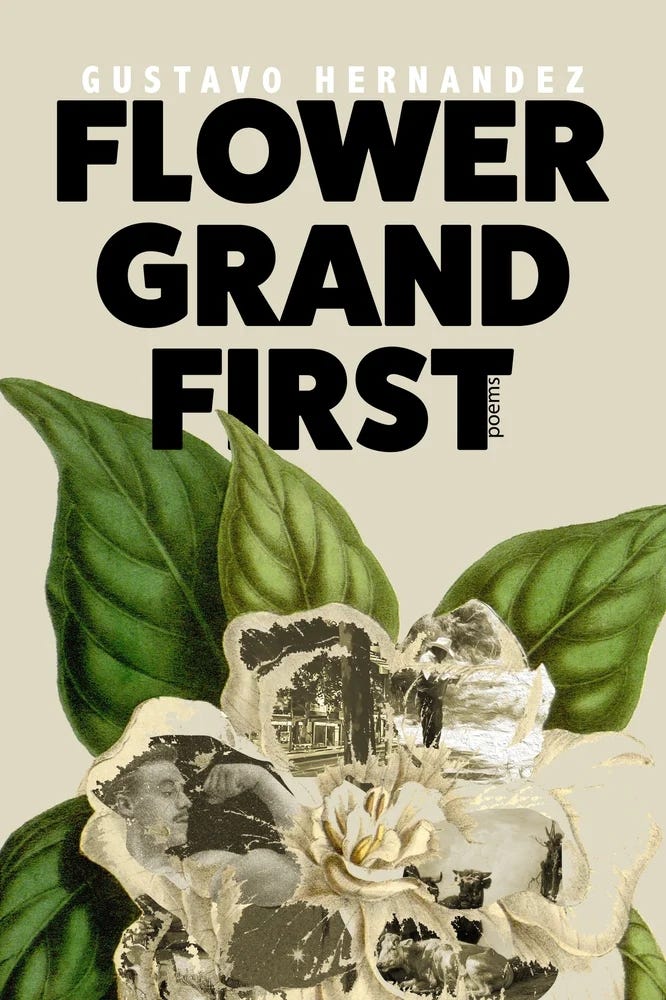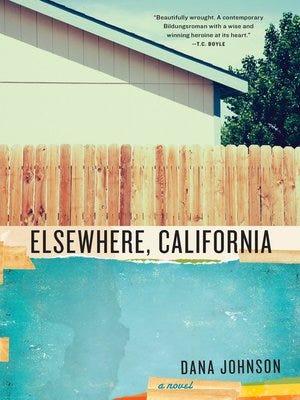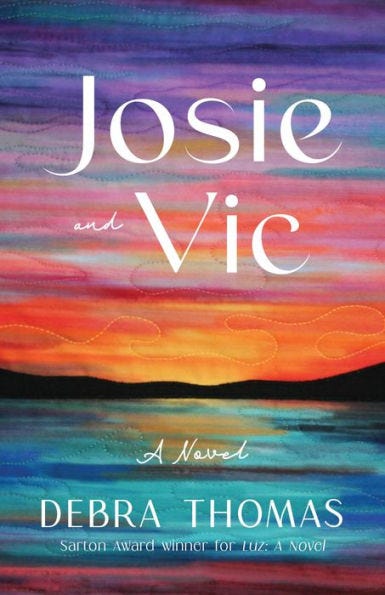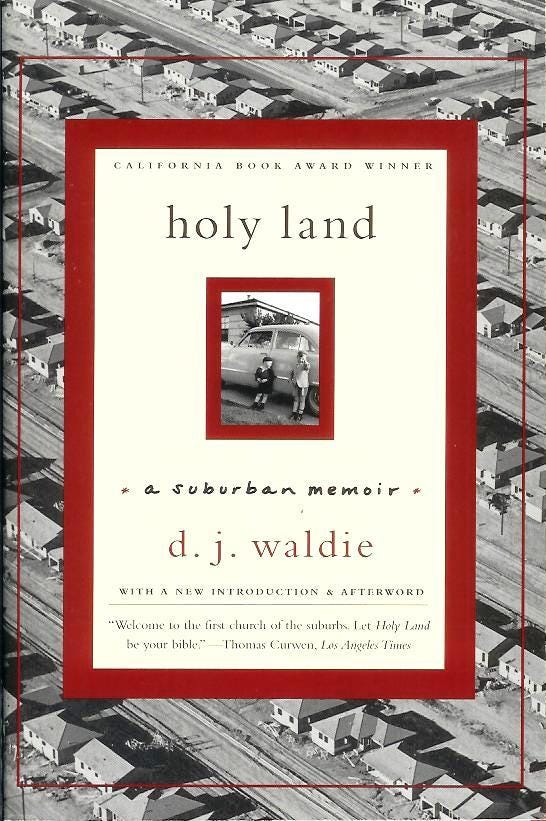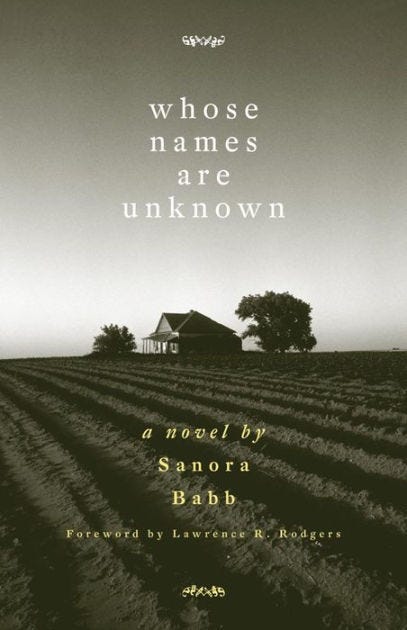Seven books worth reading about the real Southern California (second in a series)
By Mary Camarillo
The New York Times recently listed ten books that help “explain California.” Although Susan Straight’s excellent novel Mecca was included (and also included in Part One of my own list), it was the only selection about Southern California and one of only two not written by a white man. Three of the books on the NY Times list were published before 1939.
Here are seven more recent and diverse suggestions from a few more of my favorite authors—Alex Espinoza, Sarah Rafael Garcia, Gustavo Hernandez, Dana Johnson, Debra Thomas, D. J. Waldie, and Sanora Babb.
As in my previous list, these authors all have a keen eye for detail, a strong sense of place, and an understanding of the importance of humor, heart, and hope. Their stories concern the ordinary and the extraordinary. They write about ghosts, gentrification, immigration, assimilation, and grief and (with one exception) they all use the Southern Californian landscape as a protagonist.
Still Water Saints by Alex Espinoza
https://bookshop.org/p/books/still-water-saints-alex-espinoza/10109951?ean=9780812976274
Alex Espinoza’s first novel, Still Water Saints, is a kaleidoscopic portrait of a Southern California town centered around Perla’s botánica. Perla has serious skills. According to her community, she can walk on water, pull tumors from ailing bodies, uncross hexes and spells and raise the dead. She sells amulets and stones, rosaries and candles to a wide range of people of different ages, ethnicities, occupations, and genders, which allows the reader a unique view into this fictional community.
Espinoza was born in Tijuana, Mexico and grew up in Southern California. His characters are empathetic but not romanticized and, despite the title, there are no saints in this novel, just real human beings trying their best to do the right things.
Most books about Southern California are oriented toward the ocean, anchored by the Emerald City of Hollywood. Alex Espinoza’s California is oriented eastward toward the desert. He says he fictionalized the location only because he didn’t want his story occupied “by other people’s ghosts.”
SanTana’s Fairy Tales by Sarah Rafael Garcia
https://bookshop.org/p/books/santanas-fairy-tales-sarah-rafael-garcia/11780868?ean=9780692860304
The ghosts in Sarah Rafael Garcia’s SanTana’s Fairy Tales ride the carousel in front of the Fiesta Marketplace while the founding city fathers jingle coins in their pockets as they transform a vibrant community into a gentrified hipster land. The ghost of Modesta Avila also makes an appearance in the story “Just a House.” Avila died in custody after protesting the Southern Pacific Railroad running tracks through her San Juan Capistrano property in 1889, but her death didn’t prevent her beloved neighborhood from corporate redevelopment.
Garcia’s fairy tales don’t end in “happily-ever-afters.” Instead, they challenge the reader to look more closely at what community means. Her prose has a dreamy yet completely realistic quality.
Garcia was born in Brownsville, Texas and grew up in Santa Ana, California, which she describes as “the largest border town without a border, with an 80 percent Mexican American population.” Garcia is the founder of Barrio Writers, LibroMobile, and Crear Studio. SanTana’s Fairy Tales is now a core text for the Santa Ana Unified School District’s Ethnic Studies class and includes a Spanish translation by Julieta Corpus.
Flower Grand First by Gustavo Hernandez
https://bookshop.org/p/books/flower-grand-first-gustavo-hernandez/16210567?ean=9781735037837
The title Flower Grand First comes from three of the main streets in Santa Ana. The poems in Gustavo Hernandez’s collection concern place and displacement and examine what it feels like to be an outsider trying to make sense of life in a strange land, always searching for home.
In the poem “My Father Shows Me Catalina,” Hernandez writes: Smile so you both know it’s okay that you are different. But once-in-a-while, the division is so clean it’ll cut into you.
Hernandez immigrated with his family from Jalisco, Mexico, to Southern California in the 1980s. His collection explores the complexities of immigration, sexuality, rites of passage, and grief and is laced with images from the natural world, the material world, and pop culture. His voice is tender yet always resilient.
Elsewhere, California by Dana Johnson
https://bookshop.org/p/books/elsewhere-california-dana-johnson/17271949?ean=9781582437842
When Elsewhere, California begins, Avery Arlington is a 40-year-old Black artist living in Hollywood with her Italian born lawyer husband, negotiating the twists and turns of the people and personalities I could be to anyone at any given time … so kindness and gentleness, what good were those things to me?
Avery is tired of negotiating and assimilating. She’s been doing it her entire life. When she was nine years old, her family moved from South Los Angeles to the suburbs of West Covina. Avery was shocked to see hills on both sides of the freeway, green and yellow…cows way off in the fields. How can this be so close to LA and so different?
Dana Johnson was also born in Los Angeles to working class parents who were part of the Great Migration, coming from Tennessee looking for a better life. They also landed in South Los Angeles and then moved out to the suburbs. Johnson’s novel examines claiming a place in a world where no one place feels like home.
Avery’s answer is transformation, from painter to collage artist, from casting off her past experiences to allowing them to coexist and finally make sense. Johnson’s prose is clear-eyed, humorous, and heartbreaking.
Josie and Vic by Debra Thomas
https://bookshop.org/p/books/josie-and-vic-debra-thomas/18706706?ean=9781647423933
There’s heartbreak in Debra Thomas’s Josie and Vic as well. Josie Serafini moves to Los Angeles when her brother Vic loses his wife and children in a tragic accident. While helping her brother pick up the pieces of his shattered life, Josie confronts broken relationships with her estranged father and rebellious daughter. An unexpected journey to the U.S.-Mexico border offers this fragmented family a chance to reconnect.
Thomas’s prose is compelling, honest, and respectful, full of hope and the love of family (and horses!) Debra is a retired nurse who has lived in Los Angeles for most of her adult life. She taught English at the college and high school level, but it was teaching English as a Second Language to adults in Los Angeles that led her to become an immigrant rights advocate–an experience that influences much of her writing.
Holy Land by D. J. Waldie
https://bookshop.org/p/books/holy-land-a-suburban-memoir-revised-d-j-waldie/8824458?ean=9780393327281
D. J. Waldie’s Holy Land is the accurate explanation of suburban life in Southern California. As Joan Didion said, Waldie’s memoir is “infinitely moving and powerful, just dead-on right, and absolutely original.”
Waldie lives in Lakewood, California, in the house his parents bought in 1946. He was born in 1948 and has lived and worked in Lakewood his entire life. He doesn’t drive (remarkable in Southern California.) Instead, he walks, he observes, and he writes about Southern California suburbia.
Waldie said in an interview in 2012 “that having a sense of place is as essential to a full mind, a genuine human spirit, as a sense of self,” cutting through L.A.’s haze of “hedonism, nostalgia, and regret,” and turning to what Waldie calls “sacred ordinariness.”
Waldie elegantly captures the essence of the ordinary in this beautiful memoir. I wish I could describe the sky and the light as accurately and poetically as Waldie does. He has taught me to walk slower and pay better attention.
Whose Names Are Unknown by Sanora Babb
https://bookshop.org/p/books/whose-names-are-unknown-sanora-babb/11185050?ean=9780806137124
Sanora Babb’s novel is not about Southern California, but I’m including it because it needs more attention than The Grapes of Wrath (which was unsurprisingly included on the NY Times list of books that explain California.) Whose Names Are Unknown also tells the story of farmers fleeing drought and dust storms during the Great Depression. Babb writes from firsthand experience as a native Oklahoman. Her family suffered through crop failures and poverty, and she was homeless for a while after the 1929 Wall Street Crash.
In 1938, Babb, then 31 years old and an editor and journalist, volunteered with the Farm Security Administration to help the migrant farmers flooding into California. Part of her job (besides acting as an occasional midwife) was to write field notes on the workers’ conditions. She began writing a novel based on what she’d seen and heard in the camps.
Babb’s novel tells the story of the Dust Bowl from the point of view of women who lost children due to starvation, “cooked” for their families without access to any food and tried to keep everything clean despite all the dust.
In 1939, she sent four chapters of her novel to Random House, who offered to publish her book. What she didn’t know was that a camp manager had already shared her field notes with John Steinbeck, who was researching The Grapes of Wrath. Random House shelved her novel after Steinbeck’s was published. He won a Pulitzer Prize.
Babb died a year after Whose Names Are Unknown was published in 2004, knowing that her first novel would be read at last, 65 years after she wrote it.
Mary Camarillo is the author of the novel The Lockhart Women. Her second novel, Those People Behind Us, will be published in October 2023. Mary writes about living in Southern California, a place she’s called home for more than fifty-five years and is still trying to understand. She had a long career with the postal service, which might be genetic—both her grandfathers were railway mail clerks. She currently serves on the advisory boards of Citric Acid, An Orange County Literary Arts Quarterly, and LibroMobile, An Arts Cooperative and Bookstore in Santa Ana, California. She’s a member of Women Writing the West, Women Who Submit, and Women for Orange County. Mary lives in Huntington Beach, California with her husband, who plays ukulele, and their terrorist cat Riley, who makes frequent appearances on Instagram.



